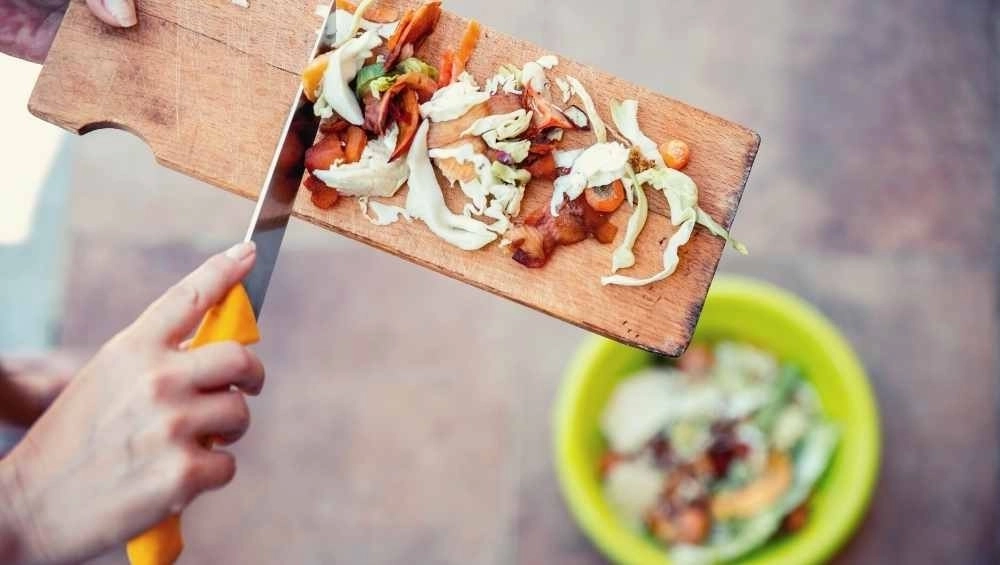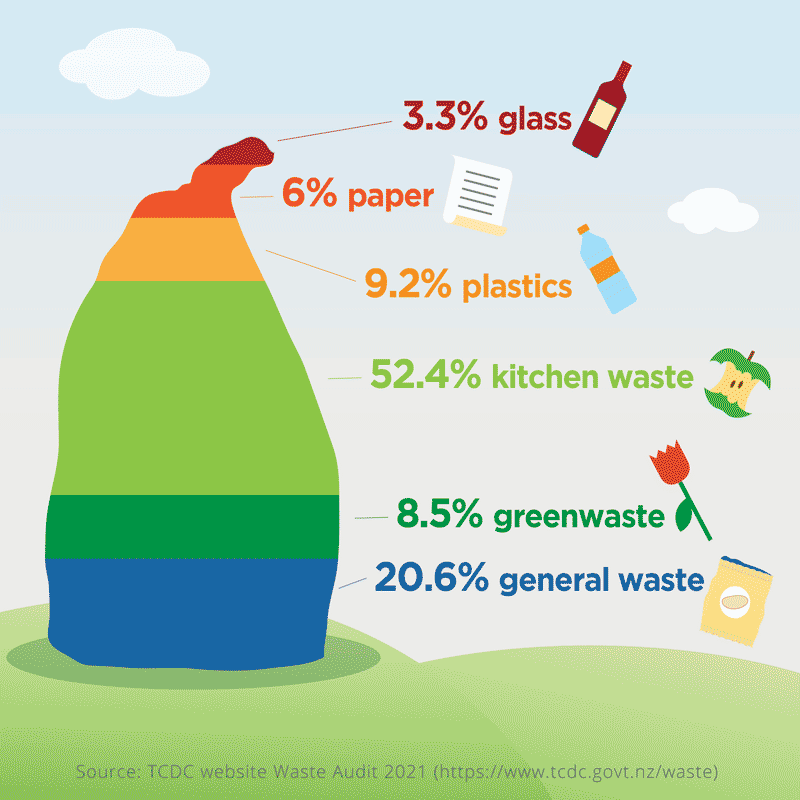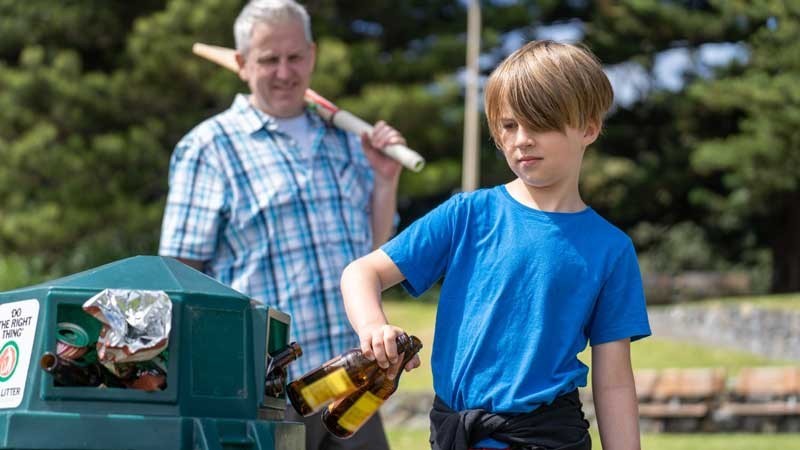- Stories
- Council Updates
- Feedback sought on Coromandel wide organic waste collection
Feedback sought on Coromandel wide organic waste collection

Thames Coromandel District Council are asking for feedback about household food waste and green waste collections. Council recently initiated a survey to understand if ratepayers would consider paying to have household organic waste collected as part of the council kerbside rated collection services.
Help us get the word out!
If you like this article, please share it!
This article outlines what the Thames Coromandel District Council (TCDC) is proposing, what organic waste is, tips on how we can reduce it, and how paying closer attention to what we do with our food waste is beneficial to our environment and our pockets.
What is TCDC proposing with kerbside organic waste collection?
Currently all the rubbish in your blue council rubbish bags goes to the landfill. The Council are considering adding organic waste to its kerbside collections, which if adopted could start September 2023.
The council is asking the community:
- if they would support a collection
- how much they would be willing to pay
- and if they would prefer an organic collection that collects food and green waste combined or food waste only.
If you would like to have your say, you can complete the survey online, via email or hardcopy by April 12th.
What is organic Waste and where does it go?
The TCDC describe organic waste as “household food waste and green waste” (garden clippings). A Council objective in the Waste Management and Minimisation Plan is to minimise waste going to landfills. In a waste audit undertaken in March 2021 it was discovered that over 60% of the district’s kerbside blue rubbish bags contained kitchen and green waste.

Findings of contents blue rubbish bags from TCDC Audit in 2021
How much food does NZ waste?
The Love Food Hate Waste website reports that as New Zealanders, we throw away 157,389 tonnes of food a year. That’s a lot of food! In fact, the equivalent to 271 jumbo jets of food. In monetary terms it’s worth approximately $1.17 billion a year.
That food is often left rotting in our landfills, contributing to harmful greenhouse gases. Not only does this put pressure on the environment, but the more we waste, the more food we also need to produce. Think water and oil costs as part of food production too. This constant need, in turn puts more pressure on the environment.
Government consultation on recycling
The Ministry for the Environment (MfE) is currently consulting on three recycling proposals. The consultation aims to address the amount of rubbish ending up in landfills and the environment contributing to NZ’z carbon emissions. The three proposals that they are seeking feedback on are summarized below.
One: Container return schemeA container return scheme that encourages people to return their empty beverage containers for recycling. Incentivising New Zealanders to return their empty bottles in return for cash. Two: Kerbside RecyclingImprovements to household kerbside recycling, making it simpler and easier for people to recycle. This includes having access to a food scraps bin at the kerbside. Three: Business food wasteSeparation of food scraps from general waste for all businesses to help divert from landfills. |
 |
Five top tips to help you reduce your food waste
For a raft of ideas, you just need do a quick internet search, but here’s a list of 5 top tips:
- Dates – not the ones you eat or the ones you go out on. Know the differences of best before and use by. Use by is a food safety date, whereas best before is to do with the quality of the food. Make sure you keep an eye on both these dates.
- Planning – Think ahead and plan your meals and make a shopping list. A blackboard with a weekly menu, or a list on the fridge. Then just buy what you need
- Leftovers – Eat leftovers for lunch or freeze for an easy meal. There’s also lots of recipes around with ideas from mashed potato scones to impressive puddings made from stale bread!
- Preserving – often there’s cheap seasonal fruit around, or you get given a huge bag of feijoas, why not preserve them? There’s many options, from bottling to freezing to drying
- Portions – We all sometimes cook too much food. Getting the correct portion size is an easy way to ensure that there’s no leftovers to be thrown away.
Helpful Resources
In putting this article together, we found some great resources, you might like to do some further reading about managing food waste.
TCDC Waste Management and Minimisation
Related Links
Thames Coromandel District Council Mercury Bay Service Centre in Whitianga-
{{#owner}}
-
{{#url}}
{{#avatarSrc}}
{{name}} {{/url}} {{^url}} {{#avatar}} {{& avatar}} {{/avatar}} {{name}} {{/url}} - {{/owner}} {{#created}}
- {{created}} {{/created}}












